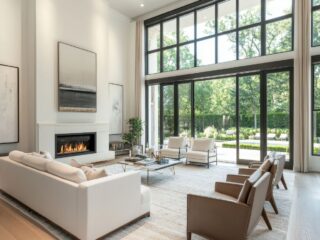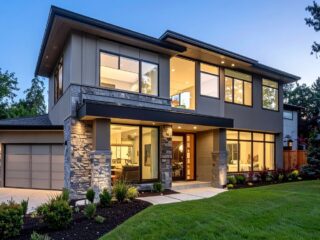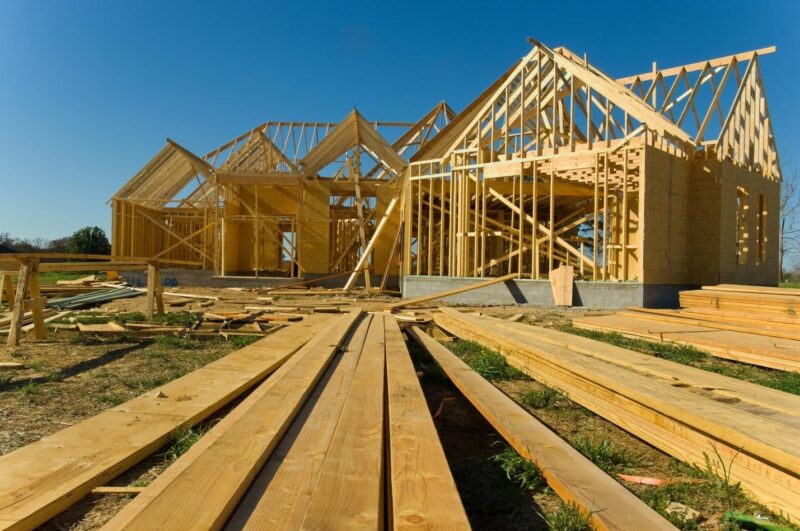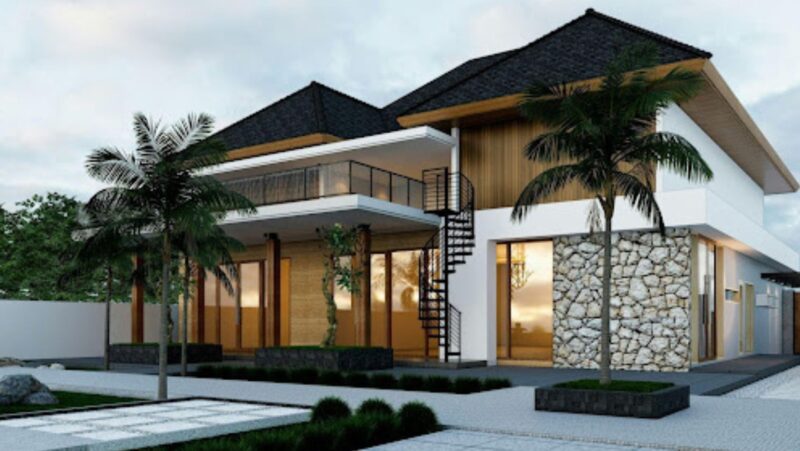
Three-season rooms, sunrooms, screened porches—whatever you call them, seasonal spaces are increasingly popular in architectural planning. These hybrid zones offer a transitional experience between indoors and out, blending comfort with exposure to nature. As architects and homeowners seek to maximize usable square footage without investing in full-scale additions, these adaptable rooms are quietly reshaping modern home design.
Why Seasonal Rooms Matter in Design
Seasonal rooms bridge gaps in a home’s layout—physically and emotionally. Whether it’s a place to enjoy coffee on a rainy day or a retreat from summer heat without losing touch with the outdoors, these spaces add functional and aesthetic depth. Architects are integrating them early in the planning phase, not just as afterthoughts or additions. Their ability to serve multiple purposes makes them attractive for both new construction and remodels.
Light, Air, and Flexibility: The Core Benefits
Homeowners are starting to see just how much a seasonal room can enhance daily life. It adds flexible space for relaxing, entertaining, or even working from home—without the cost of a full addition. With big windows or screens, these rooms bring in plenty of light and fresh air while keeping bugs and wind out.
You can build one yourself if you’re handy, or you can hire a three season porch builder to create something custom that fits your home perfectly. Either way, the result is a bright, breathable space that adapts to changing seasons and daily routines.
Health and Well-Being by Design
Architectural decisions impact our well-being more than we realize. Designs that incorporate outdoor views and airflow can lower stress and improve mood. In fact, the benefits of natural light indoors extend beyond aesthetics, influencing everything from sleep patterns to cognitive function. Seasonal rooms provide a built-in wellness feature, offering a mental and physical reset without leaving home.
Blending Aesthetics With Functionality
Designing a seasonal room means more than enclosing a patio. It involves thoughtful material choices, insulation strategies, and a plan for year-round adaptability. These rooms often become the visual centerpiece of a home—somewhere between a lounge and a greenhouse. Carefully integrated finishes, lighting, and layout decisions ensure the room looks intentional, not tacked on.
Customization and Versatility
No two seasonal rooms are the same. Some are enclosed with glass, others with screens; some include ceiling fans, while others lean into minimalist, open-air concepts.
This wide range of possibilities is what makes them so appealing. Homeowners can also boost comfort by refreshing their spaces throughout the year—something as simple as seasonal decor updates can make a porch feel fresh without major structural changes.
Multi-Season Use Without Major Renovations
One of the key appeals of a seasonal room is its adaptability across spring, summer, and fall—without needing HVAC retrofits or heavy insulation. Operable windows, space heaters, ceiling fans, and proper placement relative to the sun can extend its use well beyond one season. With clever design choices, homeowners gain a retreat that doesn’t require costly upgrades to remain functional throughout the year.
How They Fit Into Modern Architectural Trends
Architects are increasingly focusing on indoor-outdoor integration, biophilic design, and flexible layouts. Seasonal rooms align with these goals perfectly. They allow for a blurred boundary between home and environment, supporting the broader move toward more natural, adaptable spaces. When included from the outset, these rooms can be seamlessly woven into the home’s overall flow, rather than feeling like an afterthought.
Avoiding Common Design Mistakes
While these spaces are incredibly rewarding, they can go wrong without proper planning. Over-insulating a room intended for airflow, or failing to include ventilation, can reduce its usability. Another common misstep is underestimating furniture durability—using indoor fabrics or pieces that degrade in humidity can result in premature wear. Working with a professional ensures the right balance of comfort and climate durability.
Budgeting and Long-Term ROI
Seasonal rooms are cost-effective compared to full-room additions, but that doesn’t mean they’re cheap. Materials, foundation prep, window systems, and even permits can add up. Still, when done correctly, the return on investment is strong—both financially and in everyday satisfaction. Prioritizing quality design and construction over quick fixes leads to better results and fewer regrets down the road.
Conclusion
Seasonal rooms reflect a shift in how people want to live—flexibly, comfortably, and connected to nature. As homeowners look for ways to enhance their homes without massive overhauls, these spaces offer a smart solution. Whether used for relaxation, entertaining, or work, their versatility makes them a worthwhile consideration in any architectural plan.













